While thinking Capers (Capparis) for fruits and vegetables, they are actually flower buds of an almost two-meter creeping shrub called prickly Capparis spinosa of the family Mediterranean olives grow in. In wild free state, you can meet Capers in Algeria, Central Asia, Iran, the Caucasus, but are grown in Southern Europe and North America.
Small buds of capers are known to some for centuries. Their first written mention is from approximately 2700 BC, and we find information about them in the oldest book in the culinary world. Of capers speak even in the "Epic of Gilgamesh", which is one of the most ancient monuments of literature.
There is a theory that the word "caper" is derived from the Greek name of the island of Cyprus. These plants grow in abundance in Cyprus, some grow in the Caucasus and Crimea rocks. It is prickly and amazingly resilient to natural conditions - can handle the heat and the salty sea breeze and can grow on bare rock. It can be seen even on the famous Wailing Wall.
Capers of the Greek island of Santorini have the best taste due to the high content of volcanic ash in the soil of the island. Usually the best and are considered valuable dense buds with a size smaller than 1 cm. Fruits of capers are sweet and juicy and taste reminiscent of watermelon. Their smell is like mustard, with a slightly pungent taste.
Flower buds of capers are collected between April and May and stay, then stay for 3 months in salt or a mixture of salt and olive oil. Undergo treatment, after which they acquire a dark green color. Capers are used fresh or pickled. The small buds of capers are oval and slightly elongated and slightly flattened on one side. On the market you can find several varieties of capers, which are named after the geographical location of origin
Composition of nutrients and capers
100 g of capers contains: 23 calories, 2.36 g protein, 4.89 g carbohydrates, 0.86 g fat
Capers are privileged in rich vitamins, fiber, organic acids, the buds contain about 25% protein and only 3% fat. In the chemical composition of the fruit we find generous amounts of vitamin C and iodine and sodium. Seeds usually contain up to 36% oil. In fact, during processing, capers do not go into heat influence, that allows them to retain maximum nutrients.
Selecting and storing capers
Capers are delicate fruits, the collection of which is very difficult work. This suggests a relatively high price. Highly prized in cooking are the small capers, and a first class are those which are grown in southern France. Characterized by a strong flavor and intense lemon flavor.
Fresh capers must be whole, solid, fully enclosed and dark olive color. Typical of these buds is a spicy flavor. Often turn brown after harvesting, which necessitates treatment with copper salts to discolor.
You will know that capers are old and of poor quality, if blackened, rubbery and tasteless. You can buy them pickled in jars. Fresh capers can not be bought.
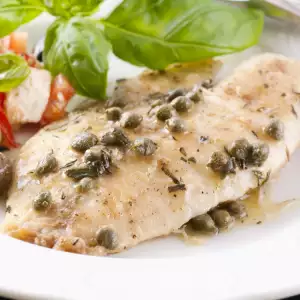
Culinary application of capers
Capers are a valuable ingredient in cooking and their use is associated with a delicate flavor. Used mainly in salads, in sauces for various meats, fish or pasta. Pickled capers can even be consumed.
Little capers are dried after harvesting of natural sunlight before they go in the marinade.
Widely used in pickles and as a supplement to beef, chicken and wild game. For the region of Caucasus, a tradition are pickled capers. Culinary capers use is mainly to enhance the flavor of the main ingredient in the dish, they usually give a slightly spicy and specific taste.
Ancient Greeks dried fruits of capers and used them to sweeten dishes. In salty brine taste and aroma of the fruit of capers gets too sharp. In France and England the young shoots and leaves are used in salads or for marinating with buds. There is even copper capers, you can experience in the places where they are grown massively. Here are two easy recipes for sauces with capers, suitable for pastas and fish.
Tomato sauce with capers
Tomatoes - 4-5; pieces of garlic - 2-3; cloves capers - 1 tbsp; coriander - fresh, to taste; olive oil - to taste.
Take the flesh of the tomatoes and mix with crushed garlic, a little salt and finely chopped capers. Add chopped cilantro and mix with olive oil. This tomato sauce is quite suitable for flavoring pasta.
Fish sauce with capers
2 tablespoons capers, marinated and drained
olive oil - 4 tablespoons
wine vinegar - 1 tsp
Ginger - 1/2 tsp powdered
Mix all ingredients and serve as a sauce for grilled fish.
Benefits of capers
As already mentioned, the buds of capers are prized for thousands of years as a valuable food and even medicine. Lack of appetite can be easily be overcome with a handful of capers before eating. It is believed that chewing capers helps toothaches and is a sedative for nervous surges.
Prepare a decoction of the flowers that can help speed healing, has a beneficial effect in strengthening the heart.
A decoction of the roots of the plant are also considered a good analgesic, and a decoction of the bark is used in neuroses. Apart from toothaches, capers have a positive influence on the thyroid and oil of the seeds is used for massages. Fresh parts have proven clotting, antiseptic and analgesic properties.
Dangers of capers
Consumption of capers is deprecated in people suffering from kidney, gall bladder or liver problems.
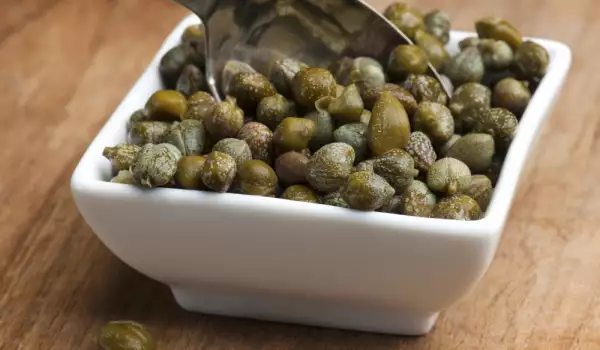
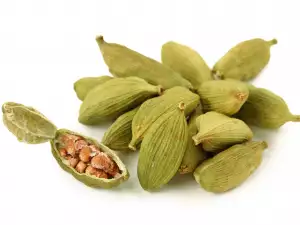
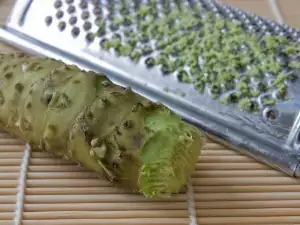
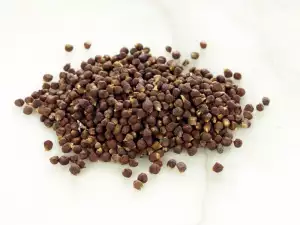
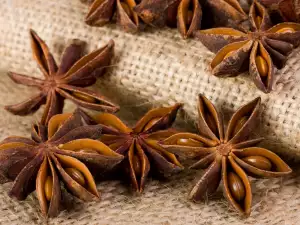
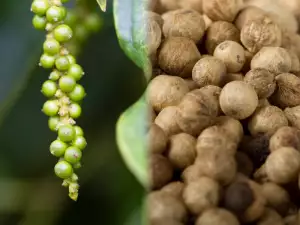
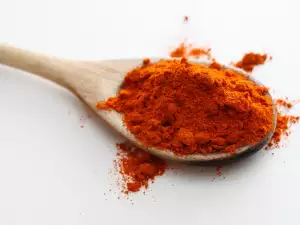
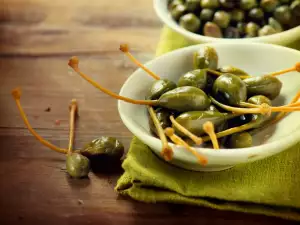
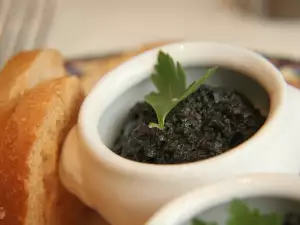
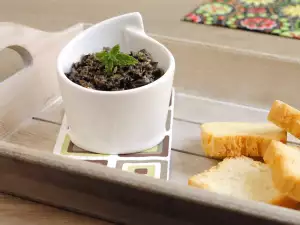
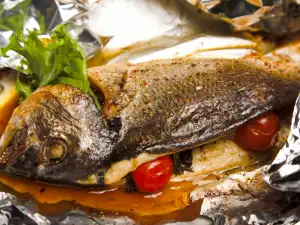
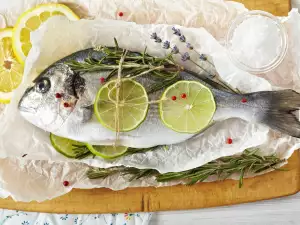
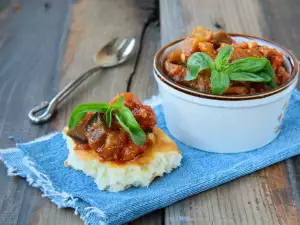
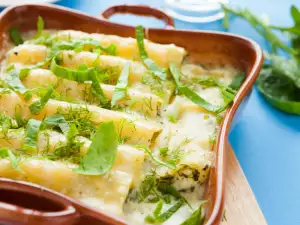
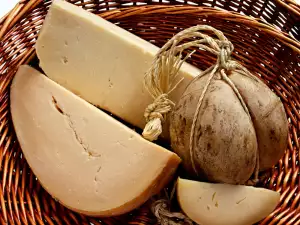





Comments